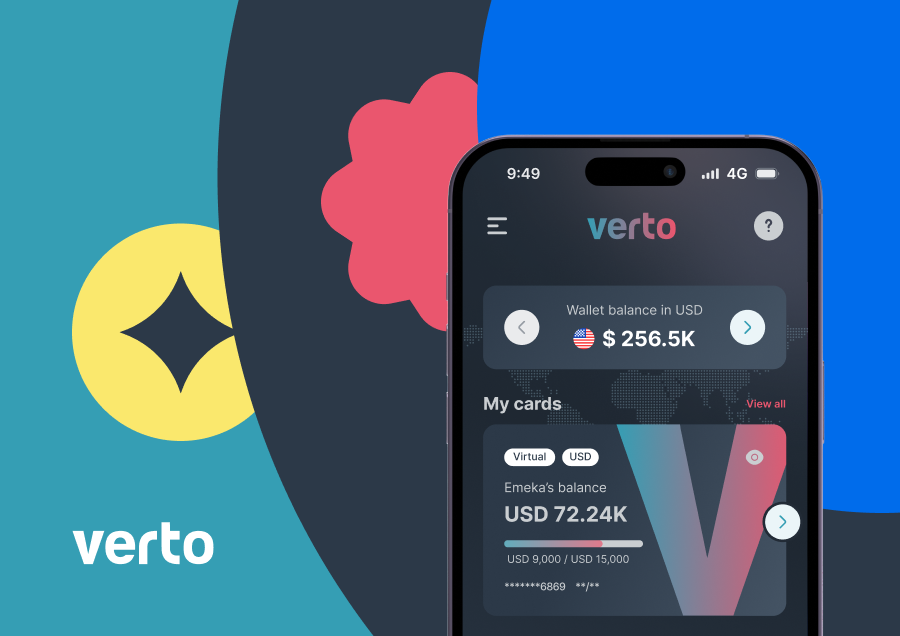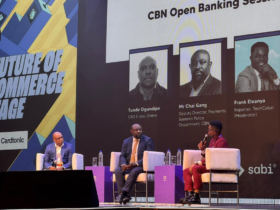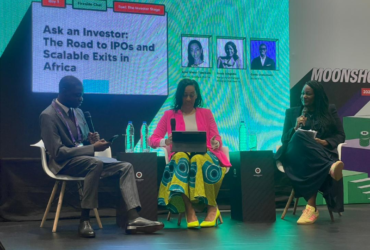For large organisations operating in Africa, accessing foreign exchange (FX) liquidity when they need it is often a painful experience. Banks rarely provide the full amount required in one go, and when they do, the process is slow, opaque, and fragmented.
That challenge—moving money efficiently across borders and accessing FX at competitive rates—is what Verto, a London-headquartered fintech, set out to solve.
Founded in 2019 by Ola Oyetayo and Anthony Oduwole, Verto has built a B2B cross-border payments and FX platform that helps businesses send, receive, and exchange money across over 190 countries.
The company’s origin was modest: a currency exchange marketplace to help businesses swap illiquid African currencies like the naira or franc for more globally traded ones. But it quickly evolved.
“Sometimes these corporations can’t get all the FX they need at once from the bank,” Oduwole, Verto’s CTO, told TechCabal. “We offer competitive rates because we can do wholesale pricing—2x or 3x better than banks in some cases.”
By adding payment infrastructure to its FX engine, Verto positioned itself as a one-stop platform for businesses with international operations. Its clients range from consumer internet companies like MTN and Yoco to B2C remittance firms like Flutterwave and D.local, who rely on Verto’s infrastructure and liquidity to serve their own end users.
B2B, not B2C—for a reason
When Verto launched, Africa’s B2C remittance space was already crowded with big players: Western Union, MoneyGram, and a growing cohort of fintechs. Oduwole said that entering the B2C space would’ve required a marketing war chest and deep operational expertise.
Instead, Verto made a bet on business payments—what the founders saw as an underserved and largely “unsexy” part of the market. The logic was simple: while remittances dominate the headlines, B2B cross-border transactions dwarf B2C in volume. As of 2024, the global B2B cross-border payments market was worth $31.6 trillion, compared to just $1.9 trillion for B2C.
“B2B was the bigger pie,” Oduwole said. “If you get even 1% of that, you’re good.”
Building infrastructure from scratch
Beneath the glossy interface, Verto has built a dense backend stack: compliance engine, FX pricing engine, payments infrastructure, and reconciliation tools. Much of it was created from scratch.
“There was simply no plug-and-play,” Oduwole said. “We had to build our own stack—from payment and compliance to reconciliation.”
The infrastructure gives Verto a powerful edge. It not only powers its own products, it also allows other businesses to build on top of it. Some remittance companies, for example, use Verto’s rails to move money behind the scenes.
To overcome friction with legacy African banks—many of which struggle to integrate with global banking systems—Verto secured a Payment Services Provider (PSP) license from the UK’s Financial Conduct Authority. This allows the startup to connect directly with tier-1 global banks and manage treasury services more efficiently.

Compliance as product
For a startup that moves large sums of money across continents, compliance is not just a checkbox—it’s a product in itself.
“If you mistakenly send $1,000, no one will panic,” Oduwole said. “But if you move $10 million non-compliantly, your company could be shut down.”
Verto has built a smart compliance engine that tracks payment patterns and flags anomalies. If a business usually does quarterly transactions worth $1 million and suddenly spikes to $2 million, the system checks in.
“Not because we don’t want you to succeed,” Oduwole said. “We just need to know it’s compliant.”
Verto also conducts due diligence on beneficiary accounts and taps into international fraud databases. The system is reinforced with AI to flag risks and reduce false positives.
Making money
Verto earns from FX transactions, transfer fees, and a 1% commission on its price discovery marketplace. The company claims profitability and processes over $15 billion in FX volumes annually.
Its FX management product is the biggest revenue driver, followed by treasury services. But Oduwole believes its card product, which launched in 2024, may soon overtake them.
Verto operates in a crowded space. It competes with players like Kora, Fincra, and older financial institutions like banks. But it sees banks—not startups—as the biggest threat.
“Banks don’t just do FX. They give credit, manage payroll, and do a lot of the heavy lifting for businesses,” Oduwole said. Still, Verto believes banks are too slow and rigid to match the flexibility digital platforms offer.
New products and bets
Verto’s corporate cards allow businesses to issue expense management cards for international use. The company extended the product to freelancers and smaller businesses to unlock new demand.
Oduwole said the difference lies in the vertical integration: “We leverage Verto FX infrastructure, Verto collections, and pair it with our partner’s card technology. That gives us deeper services than other providers.”
It also rolled out a no-code invoice tool—businesses can now send a payment link to international clients to get paid faster.
Behind these launches is a broader product strategy: bundling treasury, FX, and payment tools under one roof to keep B2B users in its ecosystem.
Verto wants to become the default financial backend for African businesses with international operations. To get there, it’s betting on infrastructure, compliance, and a B2B-first lens.
“If you truly want to build a global business, you have to make compliance your core,” said Oduwole. “You might not scale fast, but you’ll build a real business—and sleep better at night.”


















Leave a Reply